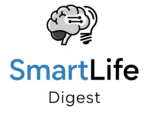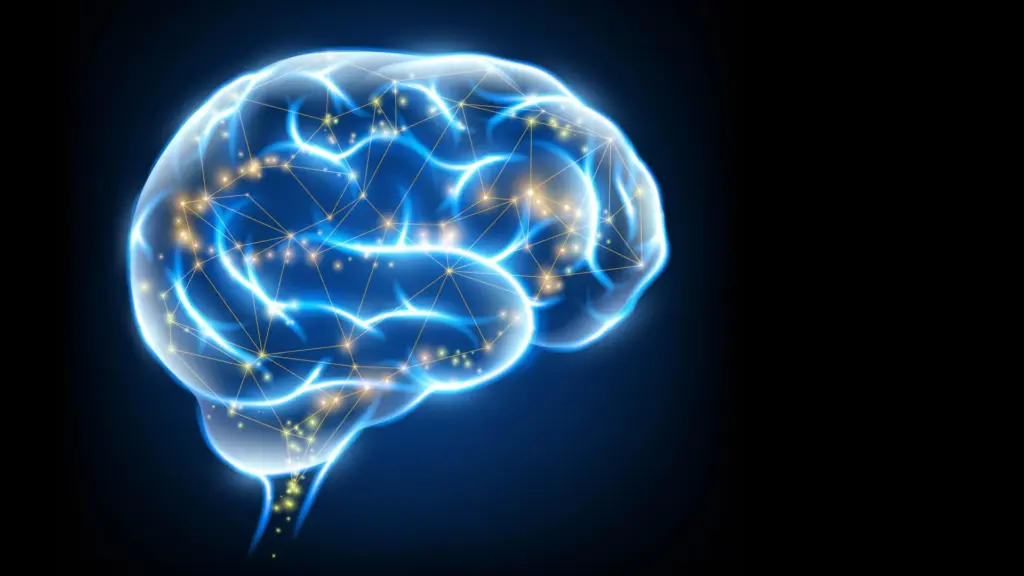For millions grappling with Alzheimer’s disease, hope for a cure has felt distant. Decades of research have yielded limited success, leaving patients and families searching for effective treatments. However, a groundbreaking new study published in Cell offers a beacon of light, suggesting a potential game-changer in Alzheimer’s treatment using a novel computational approach and repurposing existing FDA-approved cancer drugs. This innovative approach leverages the power of big data and computational biology to identify promising drug combinations, paving the way for a faster, more efficient path to clinical trials.
This research represents a significant shift in Alzheimer’s research, moving away from the traditional, single-target drug development model towards a more holistic approach that acknowledges the disease’s complex multi-gene, multi-protein nature. By analyzing vast datasets and utilizing computational tools, researchers have identified a potential combination therapy that could significantly impact the lives of those affected by this devastating disease.
The Innovative Approach: Data-Driven Drug Discovery 🔬
The study began with an in-depth analysis of how Alzheimer’s disease alters gene expression at the single-cell level in the human brain. Researchers meticulously examined gene expression changes in neurons and glia, two types of brain cells significantly impacted by the disease. This detailed cellular analysis laid the foundation for the next critical step.
Using the Connectivity Map, a comprehensive database of drug effects on gene expression, researchers identified drugs that could reverse these detrimental changes. This innovative approach allowed them to screen thousands of drugs efficiently, narrowing down the possibilities to those with the highest potential for therapeutic benefit.
Analyzing Millions of Records: A Clinical Trial in Data 📊
The researchers didn’t stop at the cellular level. They delved into a massive dataset of 1.4 million anonymized electronic health records from UC Health Data Warehouse. This analysis revealed that individuals taking certain drugs, approved for other conditions, showed a reduced risk of developing Alzheimer’s disease. This real-world data provided crucial validation for the findings from the cellular analysis, strengthening the case for these drugs’ potential.
This unique approach effectively conducted a “mock clinical trial” using existing data, dramatically accelerating the drug discovery process and reducing the time and resources typically needed for pre-clinical testing. The sheer volume of data analyzed provided robust statistical power, significantly increasing the confidence in the results.
From Cancer Drugs to Cognitive Restoration: Promising Results in Mouse Models 🐭
The research team selected two top candidates – letrozole (used for breast cancer) and irinotecan (used for colon and lung cancer) – for further investigation. In a mouse model of aggressive Alzheimer’s disease, these drugs were tested individually and in combination.
The results were astonishing. The combination therapy not only reversed the altered gene expression signatures in neurons and glia but also reduced the formation of toxic protein clumps and brain degeneration. Most importantly, the treatment significantly restored memory function in the mice, demonstrating the potential for cognitive restoration.
Key Takeaways 🔑
- This study utilizes a novel computational approach to identify potential Alzheimer’s treatments by analyzing single-cell gene expression data and electronic health records.
- Researchers identified two FDA-approved cancer drugs, letrozole and irinotecan, which showed promise in reversing Alzheimer’s-related changes in a mouse model.
- The combination therapy demonstrated the ability to reverse gene expression changes, reduce protein clumping, lessen brain degeneration, and restore memory function in mice.
- This research highlights the potential of repurposing existing drugs for new therapeutic applications, significantly accelerating the drug development process.
- The study provides strong evidence supporting the advancement of this combination therapy to human clinical trials.
A Glimpse of Hope for the Future ✨
This groundbreaking research offers a significant step towards a potential breakthrough in Alzheimer’s treatment. The innovative combination of computational biology, big data analysis, and drug repurposing presents a faster, more efficient path to developing effective therapies. The promising results in mouse models pave the way for human clinical trials, offering a much-needed glimmer of hope for the millions affected by this devastating disease. The future of Alzheimer’s treatment may lie in the unexpected combination of existing drugs, carefully selected through the power of data and innovative computational tools.
Source: Reversing Alzheimer’s damage: Two cancer drugs demonstrate surprising power



